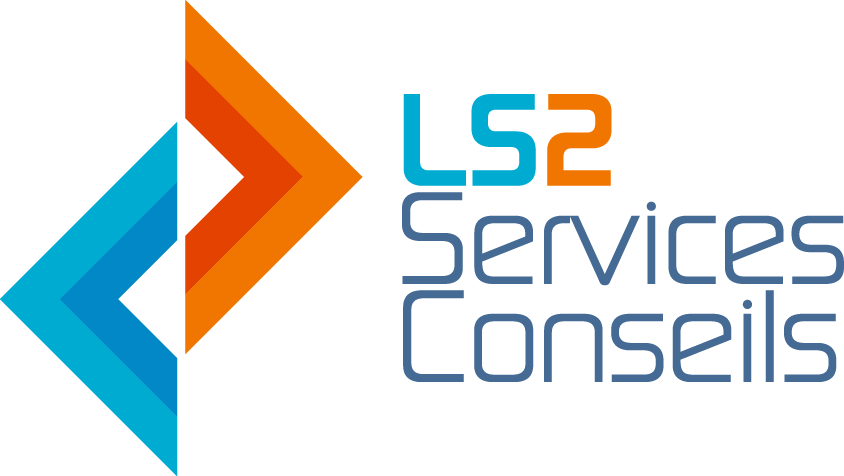
SharePoint versioning is magic !

Not always easy to find a document that has been around the team for comments and approval, is not it? Even less so when the same document must circulate between two or three departments or branches. Several versions of this same document may coexist, causing a lot of inconvenience – it all happened to us one day or another, admit it!
Tadam! SharePoint va vous simplifier la vie avec le versioning. Que vous soyez familier ou non avec SharePoint, on vous explique comment tirer profit de cette fonctionnalité qui a un je-ne-sais-quoi de magique… ou presque!
How does versioning with SharePoint work?
Versioning, or version control, is certainly one of SharePoint’s most popular features. Specifically, every time you edit a document, an item in a library, or an item in a list, SharePoint saves the change history and creates a new version.OK, nothing very revolutionary so far, you’ll say – and you’re right! Where SharePoint innovates is that it controls versions with metadata across a host of items in a variety of formats (not just text) across your entire organization. So, you know who made the changes (author), when (date and time) and what was changed (change history). It is even possible to compare versions as you already do with Word, for example.Do you want more? SharePoint also allows you to create two types of versioning:Minor versions are perfect for minor changes such as correcting spelling or typing errors, for example.Major versions, on the other hand, are a new, more formal version, such as the annual update of an employee guide or the addition of financial information each quarter.And, of course, you can restore an old version, among other things if a change made makes no sense or if it was made by mistake. |
What are the benefits of versioning for my business?
✓ Reduced risk of error
Another aspect on which version control plays a major role? The reduction of the risk of error due to the use of a bad version of a document.
Suppose you need the quarterly financial report. You think you have found it and send it to your boss. But you realize, a few days later, that your colleague had updated some figures without sharing the new version. Or, that your colleague placed the report somewhere else in the system. This is exactly the kind of situation that SharePoint avoids with versioning: each latest version of a document is in one place, reducing the risk of error. In addition, thanks to the check-in and check-out mechanism, you can ensure that only one user at a time is allowed to edit a document.
✓ Track changes in real time
Some documents may require the intervention of a few people within the company. The marketing plan is a good example. As a marketing director, you can view the various versions of the document to track its progress through alerts while your team is working on it. Fantastic, isn’t it?

How to enable versioning with SharePoint?
If you are using SharePoint Online, here’s how to configure versioning in a SharePoint list or library:
-
Go to the library or list where you want to enable versioning.
-
Click the Settings button (with the gear symbol), and then click Library Settings or List Settings.
-
Click Version Settings.
-
On the Version Settings page, you have various options for both a document library and a list. Define your own criteria according to your needs. When you have completed this exercise, click OK.
You can also view, restore, or delete an earlier version of a list or library with SharePoint Online:
-
Navigate to the library or list that contains the item for which you want to view the version history.
-
Click the ellipsis (…) button for the element in question.
-
Click Version History.
-
If you do not see the version history, click More, and then click Version History.
-
In the Version History window, place your cursor on the date of an earlier version, and click the down arrow to display the menu.
-
In the menu, you can perform various operations: View, Restore, or Delete
-
When you’re done, just click on the X at the top right.
Call to action




Leave A Comment